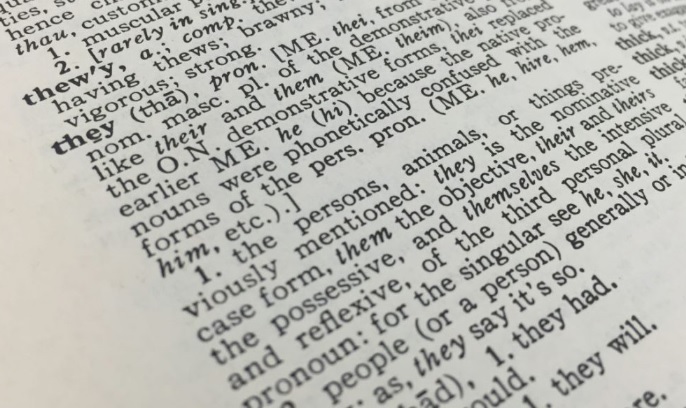How some languages are going gender neutral
Medical Pharmaceutical Translations • Apr 14, 2020 12:00:00 AM

We live in an era where gender equality and individual gender identity are widely discussed, and, in many cases, accepted. But how do long-established languages deal with this social evolution? For example, how can languages with gendered nouns embrace gender neutrality?
A fascinating New York Times article explores different solutions that have been found in languages around the world. While many of these involve adding new endings to gendered words, or even creating new gender-neutral pronouns, some solutions are a little trickier.
For instance, using the pronoun “they” in English has long been a way to refer to someone whose gender is unknown. But some English speakers find it confusing when talking about a specific person (or they’re having a hard time accepting those who are different from them).
Another challenge can be found in French, a notoriously rule-bound language, at least officially (there is, after all, slang and informal speech in France – most of it’s just not officially sanctioned by the Académie Française, which formally legislates what is and is not “French”). In French, if a person wanted to refer to an individual or group of people in a gender-neutral way, they used to default to a masculine pronoun or word.
Now, this is evolving towards including all of the possibilities for a word’s gender. For instance, you might see something like this: ami•e•s or ami(e)s, signifying male or female (or male- or female -identifying) friends.
The spirit of progress is there, although it can be pretty clunky to read and write this way. Still, something about covering all of the bases and clearly spelling them out is very French.
Read on to learn more about how languages like English, French, Spanish, Arabic, Hebrew, and more are adapting to gender equality and neutrality.
Contact Our Writer – Alysa Salzberg
